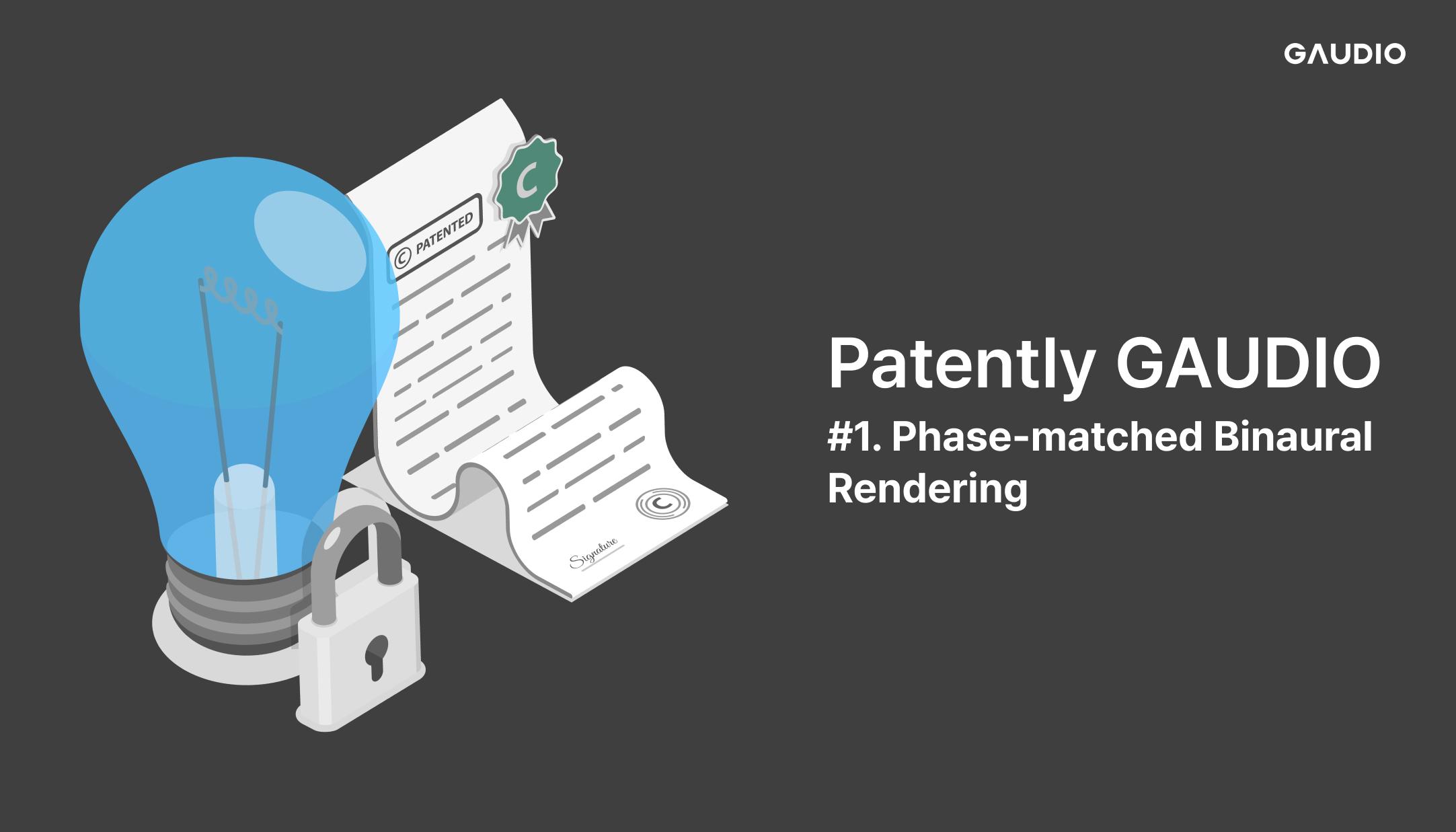An innovative SDK realizes the world’s best MPEG-H standard-adopted spatial audio with low computational amount
GSA (GAUDIO Spatial Audio)
Gaudio Lab’s spatial audio solution is not only lightning-fast in response time but also captures the subtle characteristics of the original sound.

High-quality, out of the box spatial audio solution.
A world-class, high-quality spatial audio with low latency of less than 0.05 seconds.
Key Features
Deliver immersive sound for any occasion
Gaudio Lab's own technologies realize spatial audio even in an environment with no head-tracking.
Apply spatial audio to the live streaming experience without changing your existing workflow
GSA Head-Tracked
Spatial audio of incredible quality realizedwith surprisingly low computation.
GSA can also be implemented directly on the digital signal processor (DSP) chip in TWS with its low computation.
Spatial audio of world-standard quality available on smartphone, TWS and many more, without much difficulty.

-
 Exceptionally low latency of only 50ms Implement the world's best spatial audio without latency issues.
Exceptionally low latency of only 50ms Implement the world's best spatial audio without latency issues.Typical spatial audio processing demands significant computing resources and is hard to achieve without the help of a host device, such as a smartphone. This causes latency between the smartphone and TWS, which disrupts the user's immersion. GSA runs on TWS’s DSP chip, providing an immersive sound experience without the latency caused by device communication.
Motion-To-Sound Latency figure for a TWS scenario -
 Better sound, even deeper immersion High-quality spatial audio provided by Sensor Fusion Technology
Better sound, even deeper immersion High-quality spatial audio provided by Sensor Fusion TechnologyGSA provides perfectly externalized sound without compromising sound quality, based on world-class know-how on psychoacoustics. Gaudio Lab’s proprietary sensor fusion technology generates sound that perfectly follows the movement of the head.
-
 Everything is ready Sound tuning made easy with the Tunemeister app
Everything is ready Sound tuning made easy with the Tunemeister appGSA is all set to be implemented on your device. With the Tunemeister app, sound tuning becomes much easier. Design your ultimate sound experience with the sound experts at Gaudio Lab.
GSA Fixed
Vivid sound delivered without head trackingGSA Fixed analyzes signals and reconstructs sound in a three-dimensional space, delivering immersive sound that makes you feel like you're in the room, even without head movement. Experience the high-quality sound delivered by Gaudio Labs' binaural rendering technology, which is recognized as an international standard for both quality and performance.

GSA for Live Streaming
Spatial audio production made easyApply spatial audio to the live streaming experience without changing your existing workflow

-
 Fully Software-based Provides a software-based solution for spatial audio production.
Fully Software-based Provides a software-based solution for spatial audio production.This software-based solution with an intuitive UI makes it easy for even the most casual users to set up spatial audio streaming without any difficulty. This solution works seamlessly with a variety of video switchers and live streaming software (VMix, OBS Studio), even in live production environments with multiple cameras.
-
 Being There Spatial audio that changes according to scenes offers realistic sound experience even in a 2D environment.
Being There Spatial audio that changes according to scenes offers realistic sound experience even in a 2D environment.The AVVA(Automatic View-Adaptive Audio) technology provides spatial sound that changes according to video scenes, letting the viewer have an experience of “being there” in an on-screen 2D environment. AVVA on BTRS is connected to video switcher and live video streaming software, automatically processing spatial audio according to the scene.
Related Content
Learn more about Gaudio Lab's solutions!

Dissonance, Mahler, and Beyond - Part 2
2024.11.21

Dissonance, Mahler, and Beyond - Part 1
2024.11.06

Patently Gaudio #1 - Phase-matched Binaural Rendering
2023.12.07
![Get ahead of the curve with Apple's Vision Pro and spatial audio! [Part2]](https://www.gaudiolab.com/_next/image?url=https%3A%2F%2Fd8ercpjfem8i9.cloudfront.net%2F%2Fimage%2F323aa1d8-34a3-4518-8a19-da26a4b25634.jpg&w=3840&q=75)
Get ahead of the curve with Apple's Vision Pro and spatial audio! [Part2]
2023.09.21
